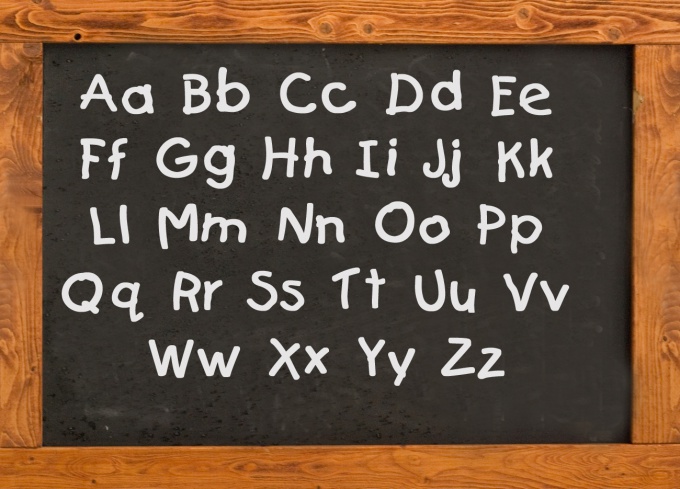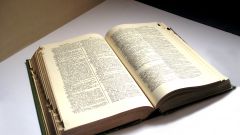Instruction
1
So, first of all beginners need to understand is that in English there are two types of syllables - open and closed. Open syllable – a syllable that ends in a vowel, for example, fame, rose, move, and so on. Closed syllable, respectively, ends in a consonant, for example, hen, bob, cat and others. Or that the sound of the vowels will depend on whether they are part of open or closed syllable.
2
The first letter of the alphabet A in the open syllable gives the sound [EY], for example, take. Closed syllable this letter is pronounced as [e], for example, cat. Vowel letter O in the open syllable gives the sound [OU], for example, rose. In a closed syllable it is pronounced as [O], for example, dog. The letter U in open syllables is pronounced as [Yu], for example, use. In a closed syllable it is pronounced as [A], for example, a bus. The letter E in open syllables is pronounced as [And], for example, Pete. In a closed syllable it is pronounced as [e], for example, pet. The letter I in an open syllable is pronounced as [AY], for example, Mike. In a closed syllable it is pronounced as [And], for example, pig. The letter Y in an open syllable is read as [AY], for example, fly. In a closed syllable it is pronounced as [And], for example, system.
3
Vowels letters in the English language are often combined in combinations of letters. Two letters read as OO [at], for example, book. And the sound [y] can be both long and short. The combination EE is pronounced as [And] with a long sound, for example, see, bee and so on. The combination of EA also reads like a long, [And], for example, tea, speak. Combination of AY and EY are read as [EY], for example, away, grey.
4
As for consonants, they are for the most part are read in the same way as pronounced in the alphabet. The exceptions are the letters C and G. Before vowels I,e and y are read as [C] and [J], for example city and page. Before all other vowels, the letter C is pronounced as [K], and the letter G as [G].
5
Consonant letters, as vowels, are often combined in combinations of letters. The most common of these are the CH which is pronounced as [H], for example chat, and the combination of SH which is pronounced as [ø], for example shame. The combination of letters NG provides a prolonged nasal sound, for example, sing, swing. The combination of PH gives the sound [f], for example, phone. The letters KN are read as [N], for example, know.
Note
The English alphabet has only 26 letters, and in Russian – as many as 33. Usually one consonant letter corresponds to one sound, but the letter X represents two sounds – KS. British and American pronunciation is a little different. This applies to letters Z – British – [zɛd] “zed”, American [zi:] “z”.
Useful advice
The English alphabet is necessary to know not only when using the English dictionary, but in everyday life. When you say your name, surname, address, etc. in English language you will often need to dictate it letter by letter. So knowledge of the English alphabet is very useful in the future.

